Ceramic tiles have become an integral component of the global construction and interior design industries. These versatile, aesthetically pleasing, and durable tiles have found their way into homes, commercial spaces, and architectural projects worldwide. As the demand for ceramic tiles continues to grow, it is essential to understand the dynamics of this ever-evolving market. In this article, we delve into the world of ceramic tiles, focusing on the best tiles exporting countries.
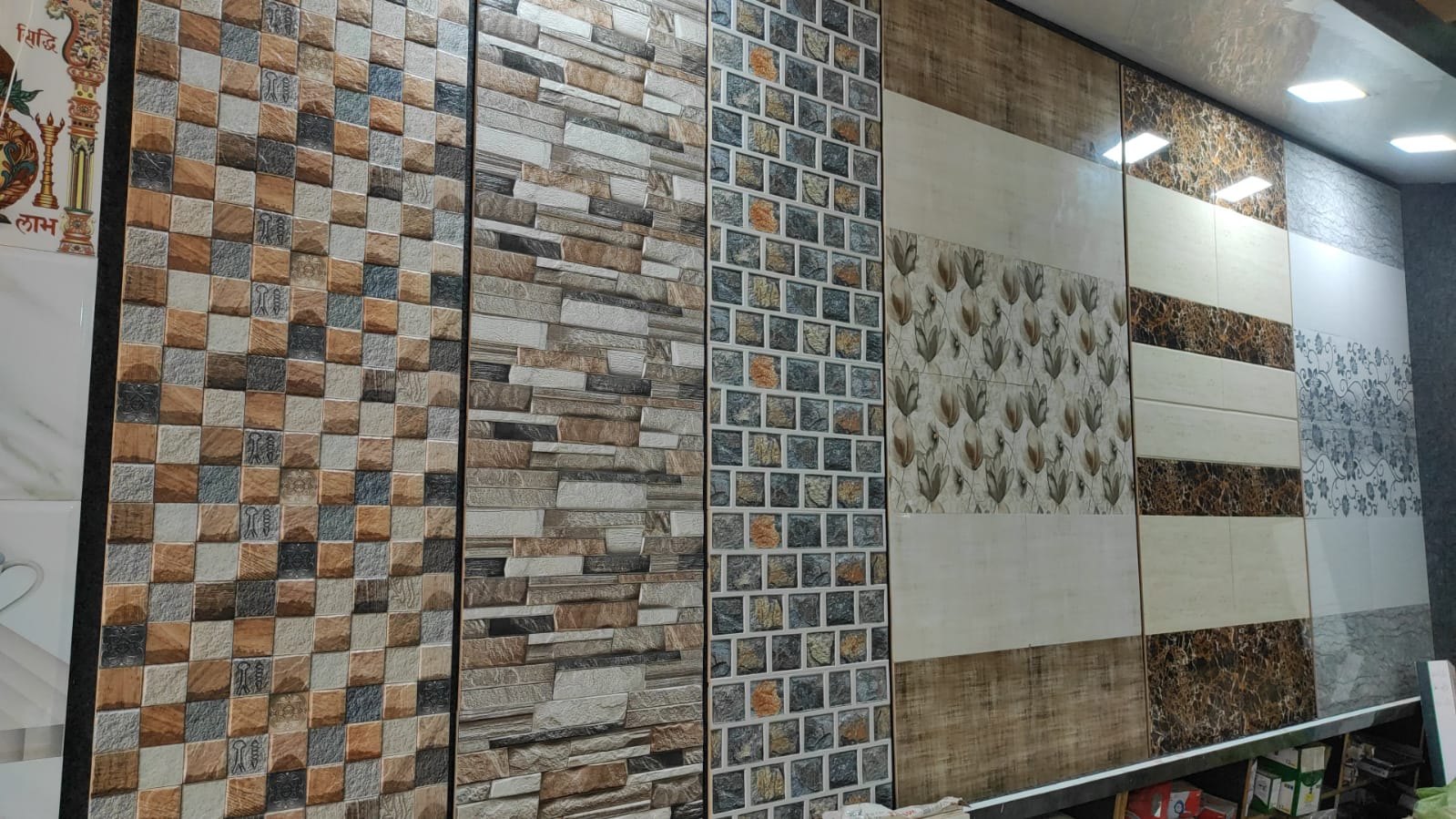
Our exploration is based on comprehensive research using data from HS CODEs 69072100, 69072200, and 69072300, providing a nuanced perspective on the ceramic tile market. We will analyze the key players, trends, and factors contributing to the success of these exporting countries. Whether you’re a stakeholder in the ceramic tile industry, a consumer looking for quality tiles, or simply curious about this dynamic market, this article will shed light on the industry’s dynamics, showcasing the countries that excel in exporting these exquisite tiles. Let’s embark on this journey to discover the best tiles exporting countries in the global ceramic tile market.
History of tiles export
The history of tile exporting countries from the 1950s to the 2000s is marked by significant changes in the global ceramic tile industry. During this period, several countries emerged as major players in tile production and export, while others saw shifts in their market positions. Here’s a general overview of the history of tile exporting countries during this timeframe:
۱۹۵۰s:
Italy: Italy has a long history of tile production, and in the 1950s, it was one of the leading tile exporting countries, known for its high-quality ceramic tiles.
Spain: Spain also had a well-established tile industry in the 1950s, exporting tiles to various markets.
Japan: Japan began to emerge as a player in the tile industry during this period.
۱۹۶۰s-1970s:
Italy and Spain continued to dominate the global tile market, with their products being widely recognized for their quality and design.
Other European countries, such as Portugal, started to establish themselves as significant tile producers and exporters.
Japan continued to grow its tile industry and began exporting to international markets.
۱۹۸۰s-1990s:
Italy and Spain maintained their strong positions in the global tile industry, but they faced increasing competition from other countries.
China: China emerged as a major player in the tile industry during this period. Its lower production costs allowed it to become a leading exporter of ceramic tiles.
Brazil: Brazil also started to gain prominence in the global tile market, known for its quality tiles and creative designs.
Other Asian countries, such as India and Indonesia, began to increase their tile production and exports.
۲۰۰۰s:
Italy, Spain, and other European countries continued to produce high-quality tiles but faced tough competition from emerging markets.
China maintained its status as the world’s largest tile producer and exporter, with its cost-effective manufacturing.
Brazil, India, and other emerging markets continued to expand their presence in the global tile market.
Technological advancements in digital printing and manufacturing processes led to increased customization and innovative designs in tiles.
Turkish tile production and exports also grew significantly during this period, thanks to investments in technology and design.
Several other countries in the Middle East, such as the United Arab Emirates, became notable players in the global tile market, primarily due to their construction and infrastructure development projects.
Throughout this period, the tile industry saw a shift in production and exports from traditional Western European countries to emerging markets, particularly in Asia and South America. The industry also saw technological advancements and innovations, allowing for more diverse and customizable tile products. This changing landscape reflects the evolving global economy and the increasing importance of cost competitiveness and innovation in the tile industry.
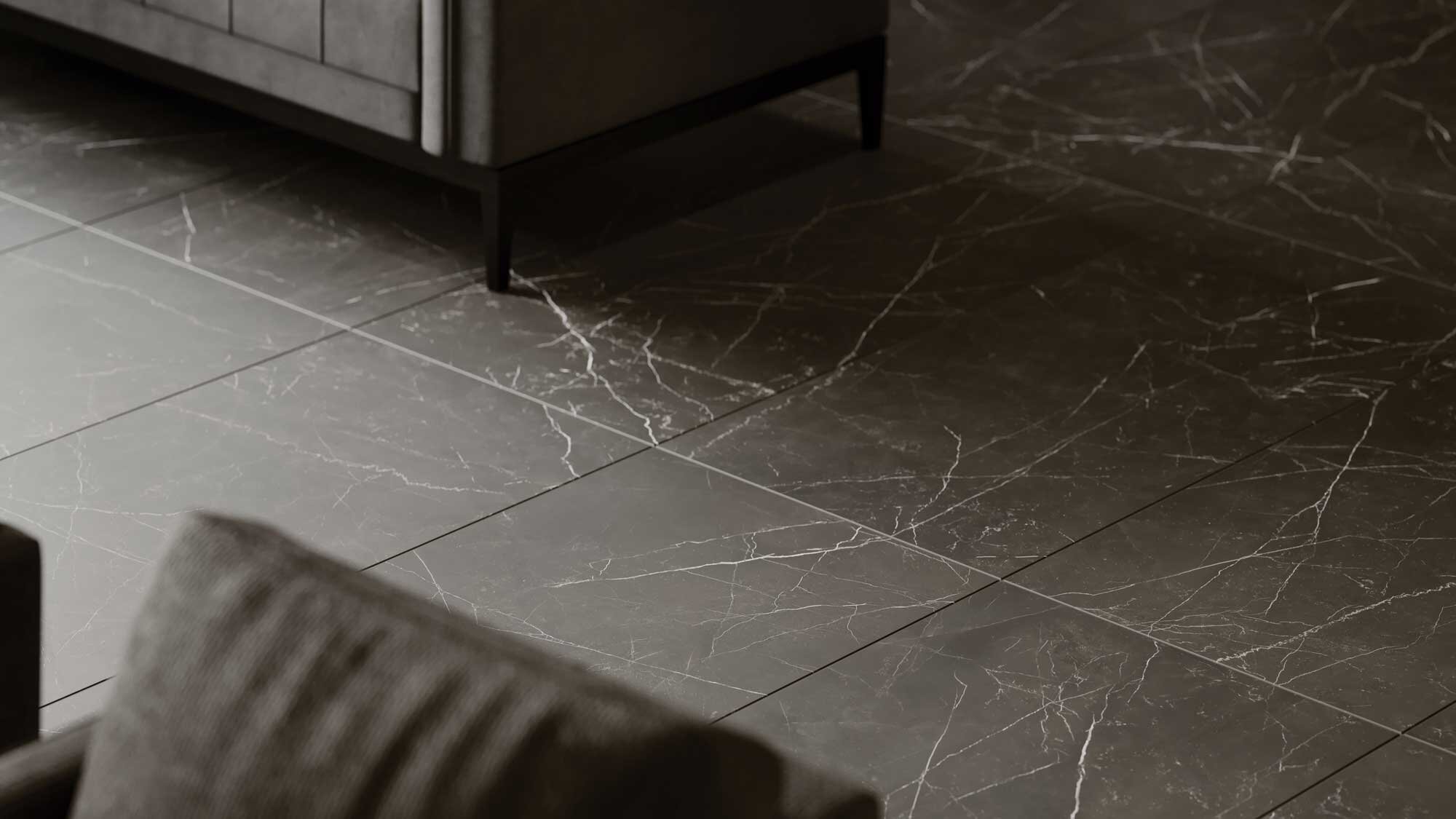
۲۱st Century Era of Tiles Exporting Countries
The global tile industry experienced several significant developments and changes in exporting countries from 2000 to 2020. Here’s an overview of the history of tile exporting countries during this period:
Early 2000s:
Italy and Spain: Italy and Spain continued to be major players in the global tile industry, renowned for their high-quality ceramic and porcelain tiles with intricate designs.
China: China rapidly emerged as the world’s largest tile exporter. Its cost-effective manufacturing capabilities, large-scale production, and competitive pricing allowed it to dominate the global market.
Brazil and Turkey: Both Brazil and Turkey established themselves as significant tile producers and exporters. They were known for their innovative designs and a focus on high-quality ceramic and porcelain tiles.
Other Asian Countries: Asian nations, including India, Vietnam, and Indonesia, began to increase tile production and exports, benefitting from lower production costs and skilled labor.
Mid-2010s:
China’s Dominance: China maintained its position as the world’s largest tile exporter, offering a wide range of tile products at competitive prices.
Spain and Italy: Italy and Spain remained important exporting countries known for high-quality designer tiles. While they faced increasing competition, their reputation for excellence in tile manufacturing endured.
Brazil and Turkey: Brazil and Turkey further developed their tile industries, continued to export significant volumes, and focused on innovation and design to stay competitive in the global market.
Other Asian Countries: India, Vietnam, and other Asian nations continued to grow their tile production and export capabilities, becoming prominent players in the industry.
Late 2010s – ۲۰۲۰:
Sustainability and Digital Printing: Sustainability became a growing concern, with tile manufacturers worldwide adopting eco-friendly practices. Digital printing technologies allowed for intricate and customizable designs, increasing the diversity of tile offerings.
Globalization and Market Diversification: Free trade agreements and globalization led to increased international trade in tiles. Exporting countries explored opportunities in regions with construction and infrastructure development projects.
Customization and Innovation: Tile manufacturers diversified their product ranges to cater to a wide range of consumer preferences. Larger-format tiles, thin porcelain tiles, and intricate design options continued to gain popularity.
Competitive Landscape: The tile industry became highly competitive, with manufacturers focusing on innovation, design, and cost-efficiency to maintain and expand their market presence.
Online Sales and Marketing: The rise of e-commerce and digital marketing allowed tile manufacturers and retailers to reach a broader customer base. Online sales and marketing strategies became increasingly important.
Architectural Trends: Tiles continued to be used in large-scale commercial projects, including shopping malls, airports, and hospitality spaces. Large-format tiles and thin porcelain panels became more common in architectural applications.
Challenges and Opportunities: The tile industry faced challenges and opportunities driven by economic fluctuations, trade dynamics, and global events, which influenced market dynamics.
This period witnessed substantial changes in the global tile industry, including a shift in production and exports from traditional Western European countries to emerging markets in Asia and South America. It also emphasized the importance of cost competitiveness, innovation, sustainability, and customization in response to evolving global economic conditions and changing consumer demands. Please note that the specific details and developments may vary for each country and manufacturer within the industry.
Product Code 690721: This category of ceramic tiles demonstrated consistent growth in export values over the six-year period. The export value increased from $9,725,127 in 2017 to $14,986,218 in 2022. Notably, there was a significant jump in export value from 2020 to 2021, indicating a boost in demand for these specific ceramic tiles, possibly due to evolving construction trends or increased global infrastructure projects.
Product Code 690722: Export values for this category also showed steady growth. The export value increased from $2,845,398 in 2017 to $4,161,089 in 2022. The growth trend was relatively consistent, with gradual increases each year, reflecting the sustained demand for this type of ceramic tile.
Product Code 690723: In contrast to the other two categories, this product code experienced some fluctuations in export values. Export values decreased from $2,822,402 in 2017 to $2,717,619 in 2019 but rebounded slightly in 2020 and 2021. The export value for 2022 remained stable at $2,949,557. The overall export value trajectory indicates a degree of volatility or shifting market dynamics.
The ceramic tile industry is a crucial component of the global construction and interior design sectors. This report focuses on the export quantities of ceramic tiles from different countries, revealing changes in their export volumes over the six-year period.
Key Findings:
China: China consistently maintained its position as the largest exporter of ceramic tiles. The exported quantity declined from 3,837,148 tons in 2017 to 2,993,042 tons in 2022. The gradual decrease may reflect shifts in the market, competition, or other factors.
Spain: Spain’s ceramic tile exports showed relative stability in terms of quantity, with fluctuations seen in the unit of measurement. Exported quantity decreased from 1,894,041 tons in 2017 to 1,237,921 tons in 2022. Spain predominantly exports in square meters, which might explain the variations in exported quantities.
Brazil: Brazil’s ceramic tile exports exhibited some fluctuation, with the quantity decreasing from 965,679 tons in 2017 to 1,161,536 tons in 2022. The market dynamics and competition could be influencing this trend.
Mexico: Mexico entered the export scene with 415,771 tons in 2020, continuing to increase to 433,754 tons in 2022, indicating a positive trend and growing presence in the ceramic tile market.
India: India showcased a substantial increase in exported quantity, progressing from 13,997 thousand square meters in 2017 to 245,600 tons in 2022. This remarkable growth suggests expanding market reach and demand.
Ghana: Ghana entered the ceramic tile export market in 2018 with 27,551 tons, experiencing consistent growth and reaching 212,519 tons in 2022, reflecting a promising market presence.
Türkiye: Türkiye’s exports demonstrated some fluctuations, but overall stability, with a decrease from 152,363 tons in 2017 to 152,123 tons in 2022.
Vietnam: Vietnam displayed steady growth in ceramic tile exports, increasing from 77,945 tons in 2018 to 104,165 tons in 2022.
Colombia: Colombia experienced an upward trend in export quantities, growing from 75,143 tons in 2017 to 101,704 tons in 2022.
Germany: Germany’s exports remained relatively stable, with a decrease from 135,101 tons in 2017 to 95,912 tons in 2022.
The exported quantities of ceramic tiles are influenced by various factors, including market demand, competition, and the strategies of exporting countries. While China maintained its lead, other nations, such as India and Ghana, showed remarkable growth in their ceramic tile exports. Market dynamics and evolving consumer preferences may explain the fluctuations seen in some countries’ export quantities.
iran’s Excelling In Export of Tiles Products
iran has firmly established itself as a dominant force in the global ceramic tile industry, and this remarkable achievement is the culmination of the relentless efforts and contributions of the Indian tiles industry as a whole. Let’s delve into how the iran tiles industry has propelled the country to international recognition as a prolific exporter of tiles.
A Thriving Tiles Industry: The iran tiles industry has been on an upward trajectory, evolving from a domestic market player to a key global exporter. Its remarkable journey is characterized by innovation, quality, and adaptability to the ever-changing demands of the international market.
Contribution of the Indian Tiles Industry:
- Unparalleled Manufacturing Capabilities: The Indian tiles industry boasts world-class manufacturing facilities equipped with advanced technology and machinery. These state-of-the-art facilities have greatly enhanced the production capacity, enabling the industry to cater to a vast spectrum of global clients.
- Diverse Product Range: India’s tiles industry is known for its diverse range of tile products. From ceramic and porcelain tiles to vitrified tiles, the industry offers an array of options to suit different architectural styles and interior designs. This diversity is a testament to the industry’s adaptability to diverse global requirements.
- Competitive Pricing: Indian tiles are competitively priced without compromising on quality. This cost-effectiveness has made Indian tiles an attractive choice for both emerging markets and more developed economies.
- Quality and Innovation: The industry has consistently invested in research and development, resulting in innovative products and designs that appeal to international clientele. The pursuit of quality and innovation has allowed Indian tiles to compete at a global level.
- Sustainability and Green Practices: Sustainability is at the forefront of the Indian tiles industry’s initiatives. Many manufacturers prioritize eco-friendly practices, recycling, and reducing their carbon footprint, aligning with global trends toward environmental responsibility.
- Skilled Workforce: India’s tiles industry benefits from a skilled workforce that is not only adept at manufacturing but also at crafting intricate designs and patterns. This human resource capital contributes to the industry’s competitive edge.
- Expanding Global Reach: The Indian tiles industry has proactively expanded its market reach. Its products are exported to various countries, making it an integral part of the Indian export ecosystem. India is now recognized as one of the world’s leading exporters of tiles.
Buy Tiles from Buy Tiles from iran from Direct Manufacturing Unit
Are you in the market for top-quality tiles that combine artistry, innovation, and sustainability? Look no further. CPG in iran , renowned for its rich traditions and craftsmanship, has emerged as one of the leader in the production and export of exquisite tiles. At the forefront of this dynamic industry is CPG distinguished manufacturer and exporter of a diverse range of tiles that meet and exceed international standards. You can experience CPG’s Tiles product at our Online Store or shop offline at your nearest store.
Color Body Tiles in iran:
Tiles Company: CPG
Sizes in mm(millimeters): 800×۲۴۰۰: ۸۰۰×۳۰۰۰: ۸۰۰×۳۲۰۰, ۱۲۰۰×۲۴۰۰,
۱۲۰۰×۳۰۰۰, ۱۲۰۰×۳۲۰۰, ۱۲۰۰×۱۶۰۰, ۱۶۰۰×۳۲۰۰
Thickness: Various from 6mm to 18mm
Color: Multiple colors
Area: Wall and Floorsfrom Direct Manufacturing Unit
Ceramic tiles company in iran
Tiles Manufacturing Company: CPG , Rukasram, Cp Gres , Persepolis , negin Ceramic Offline Dealer store and Online Shop
Sizes in mm(millimeters): 200*300, 250*375, 250*750, 300*450, 300*600, 200*600, 300×۹۰۰, ۳۰۰*۳۰۰, ۳۶۹*۳۹۶ (۴۰۰*۴۰۰), ۵۰۰*۵۰۰, ۶۰۰*۶۰۰, ۱۰۰*۳۰۰, ۲۰۰*۲۰۰, ۷۵*۳۰۰, ۱۰۰*۲۰۰, ۱۵۰*۱۵۰.
Thickness: Various from 6mm to 18mm
Color: Multiple colors
Area: Wall and Floors
Porcelain or Vitrified Tiles Manufacturer in iran
Tiles Manufacturing Company: CPG , Cp Gres , Avintile , Protile Ceramica Offline Dealer store and Online Shop
Sizes in mm (millimeters):
Small Size: 300*600, 600*600, 600*1200, 800*800
Heavy duty parking tiles (Porcelain Vitrified): 300*300, 400*400, 600×۶۰۰
Porcelain Slab Big Sizes (Porcelain Vitrified): 800*1600, 1200*1200, 1000*1000, 1200×۱۸۰۰, ۹۰۰*۱۸۰۰, ۱۲۰۰×۲۴۰۰
Wooden Strips (Porcelain Vitrified): 200*1200, 200*1000
Step & Riser (Porcelain Vitrified): 200*900, 300*900, 200*1000, 300*1000
Porcelain Slab Big Sizes (Porcelain Vitrified): 800*1600, 1200*1200, 1000*1000, 1200×۱۸۰۰, ۹۰۰*۱۸۰۰, ۱۲۰۰×۲۴۰۰
Thickness: Various from 6mm to 18mm
Color: Multiple colors
Area: Wall and Floors
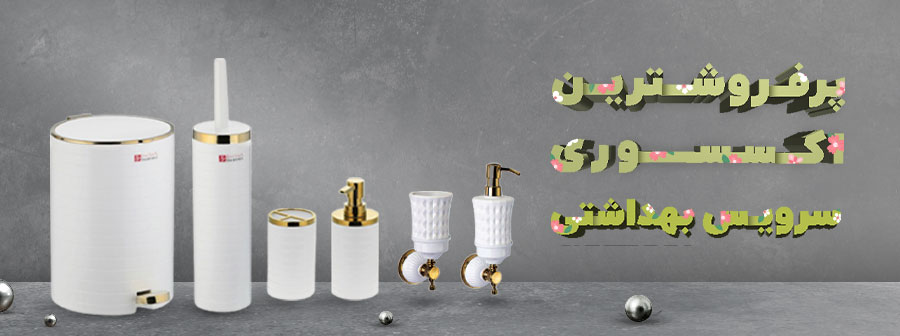
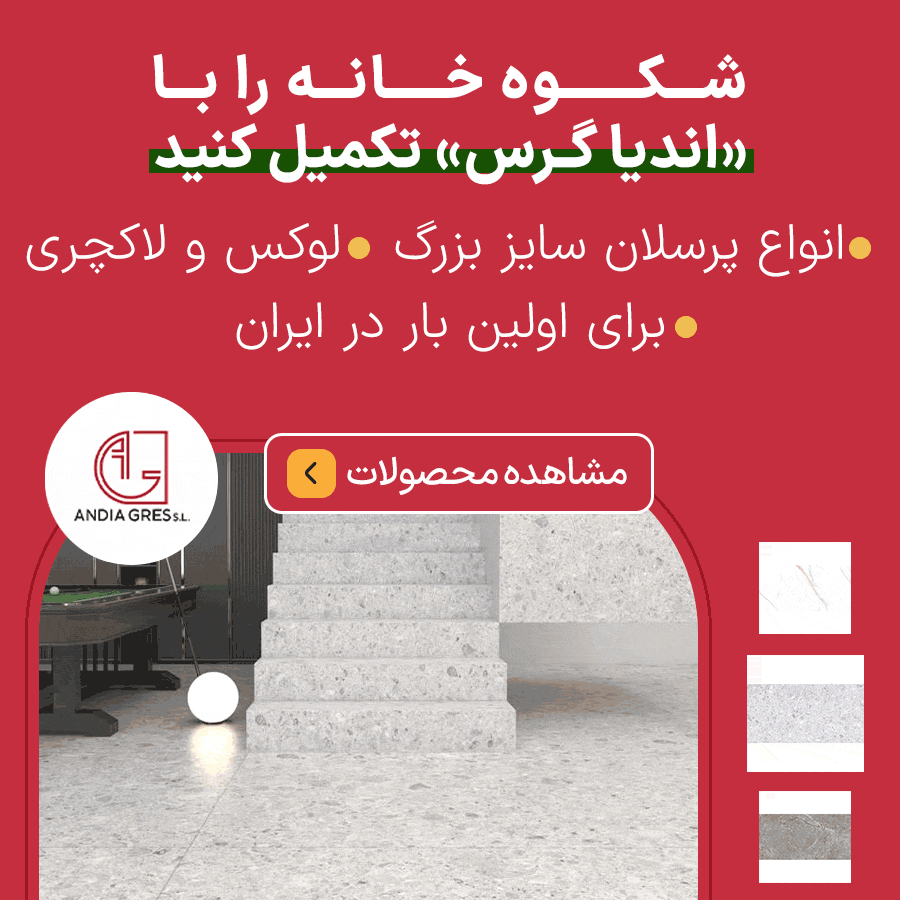
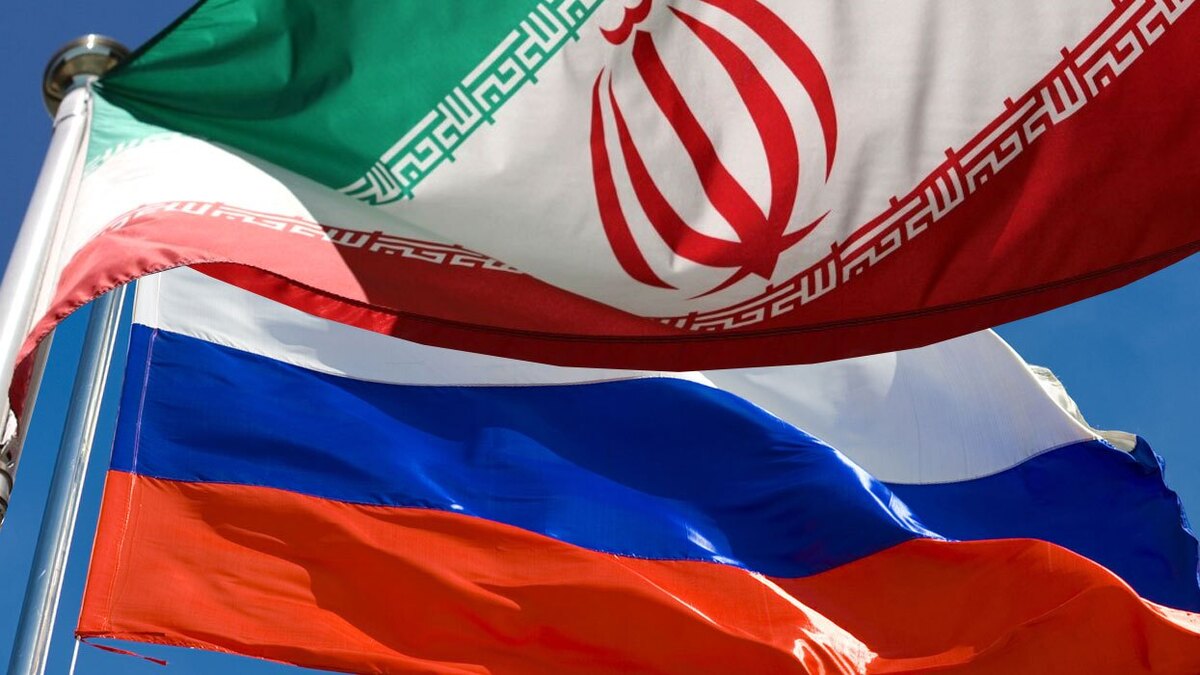
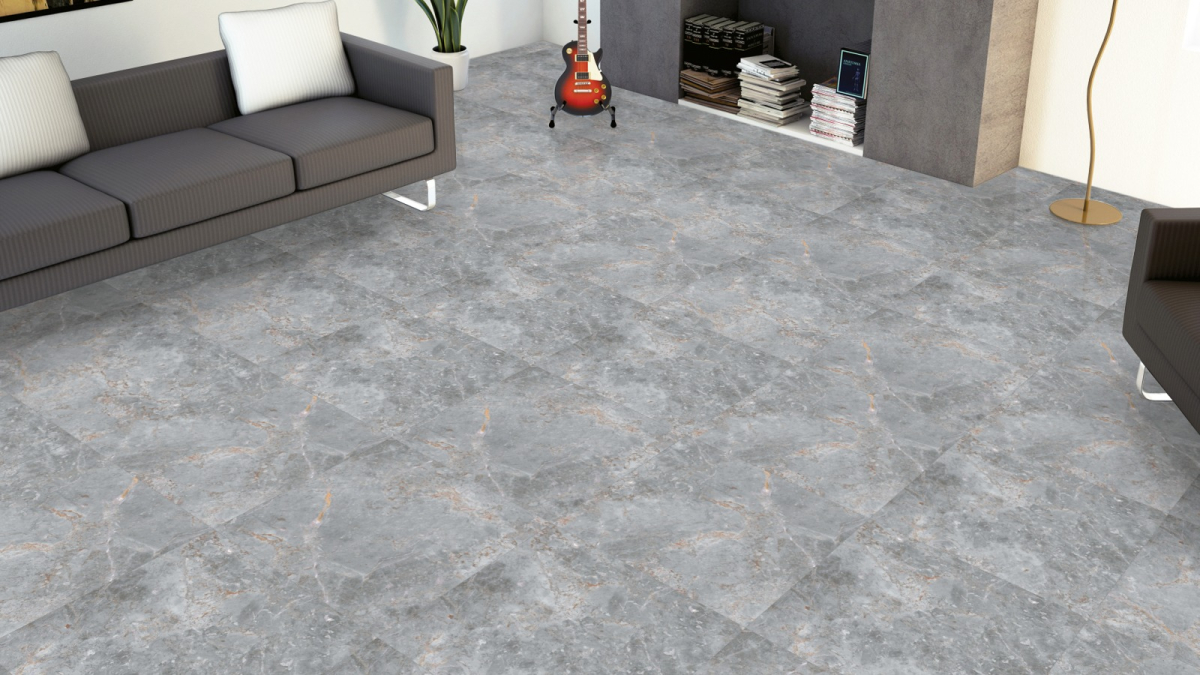
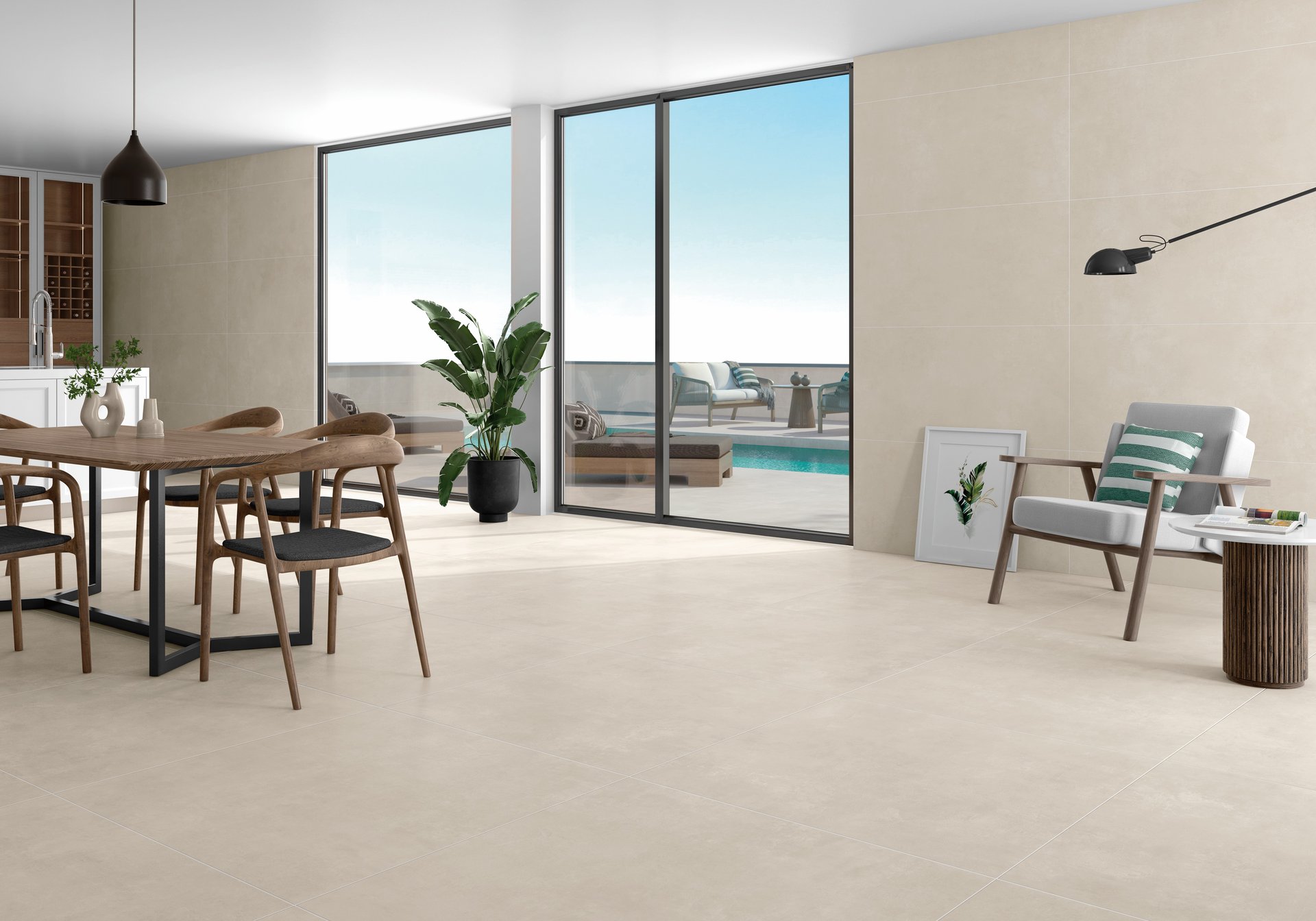

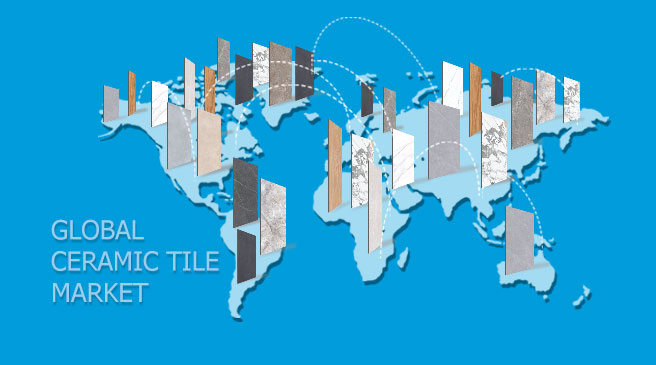
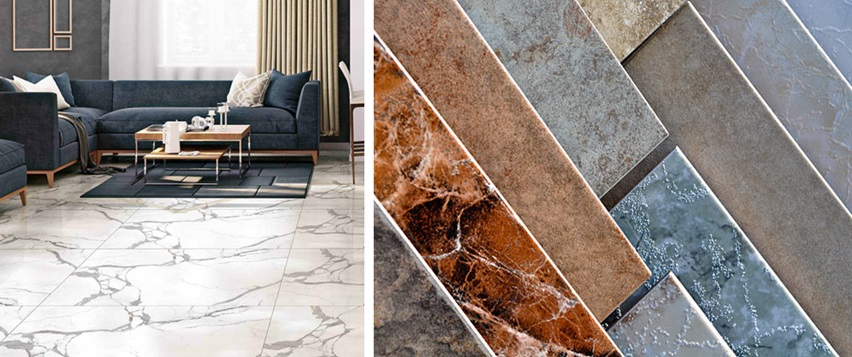
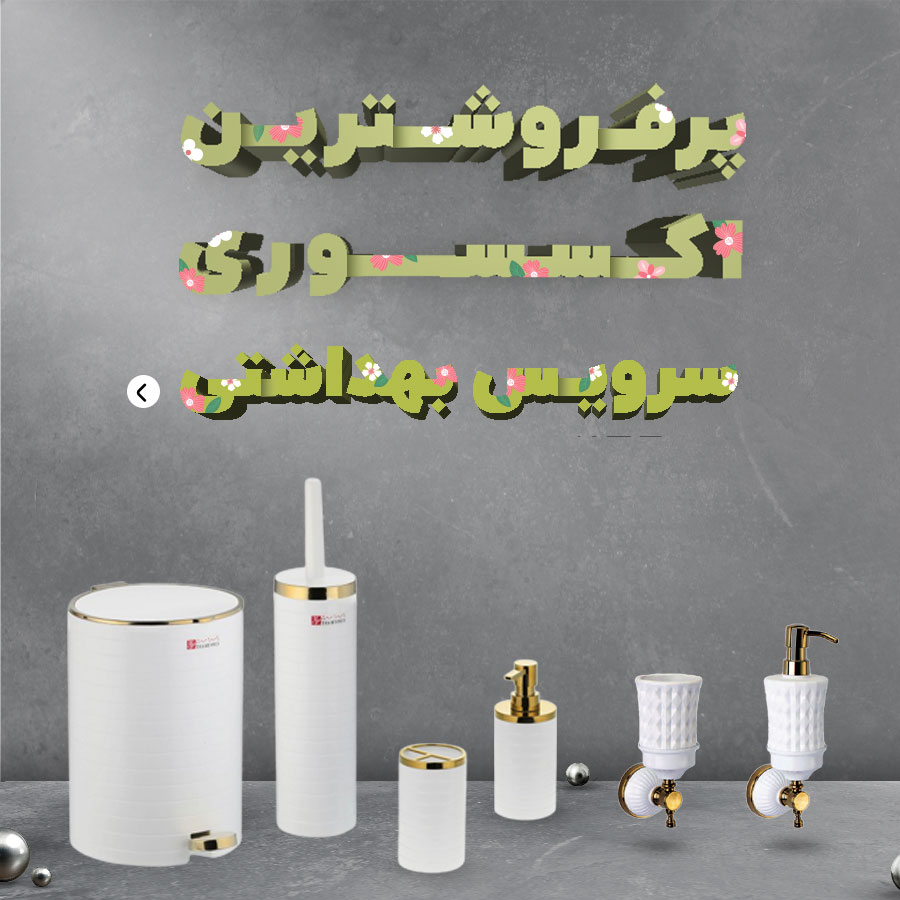

نظرات ۰